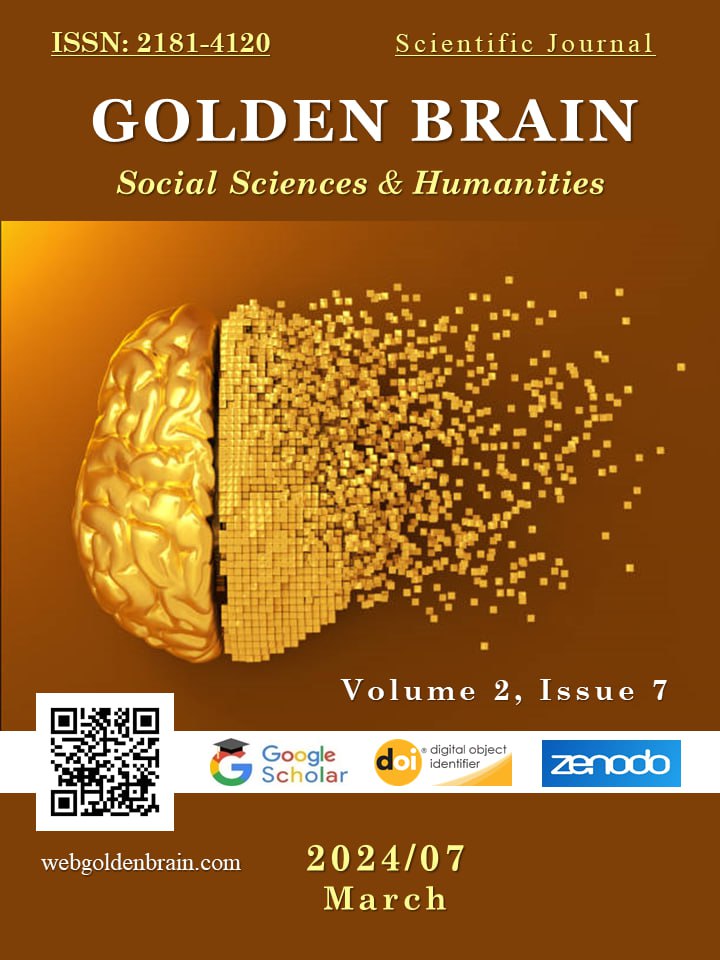INCORPORATING LITERATURE INTO ENGLISH TEACHING
Main Article Content
Abstract
Incorporating literature into English teaching lessons is crucial for fostering language proficiency and cultural understanding among students. Exposure to diverse literary works enables learners to engage with complex language structures and vocabulary, enhancing their linguistic competence.
Article Details

This work is licensed under a Creative Commons Attribution 4.0 International License.
How to Cite
References
Johnson, L. (2010). Literature Circles in an ESL Classroom: A Case Study. TESOL Journal, 4(2), 197-215.
Jones, S. (2015). The Role of Poetry in Language Teaching: A Classroom Study. ELT Journal, 69(3), 283-295.
Lazar, G. (1993). Literature and Language Teaching: A Guide for Teachers and Trainers. Cambridge University Press.
Robb, T. N., & Susser, B. (1989). Extensive Reading vs. Skills Building in an EFL Context. TESOL Quarterly, 23(4), 645-660.
Carter, R., & Long, M. N. (1991). Teaching Literature. Longman.
Maley, A., & Duff, A. (1989). Literature in the Language Classroom: A Resource Book of Ideas and Activities. Cambridge University Press.
Pulverness, A. (2003). Using Literature in the Language Classroom. Modern English Teacher, 12(2), 39-45.
Brown, H. D., & Abeywickrama, P. (2010). Language Assessment: Principles and Classroom Practices. Pearson Education.
